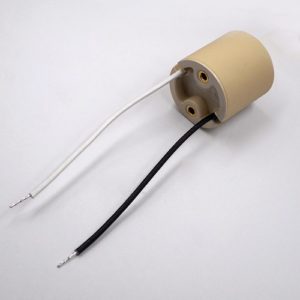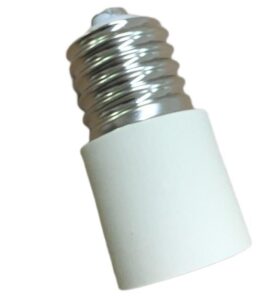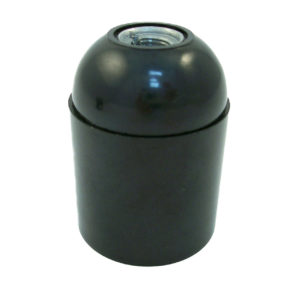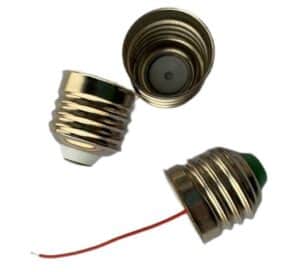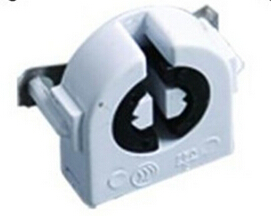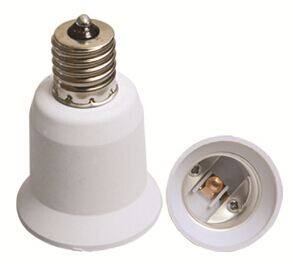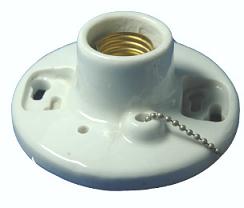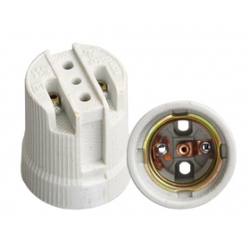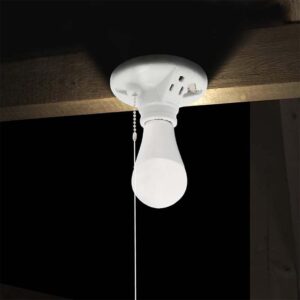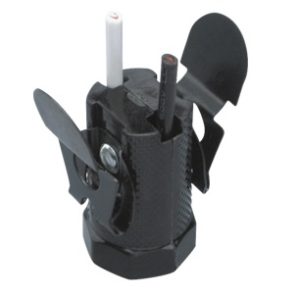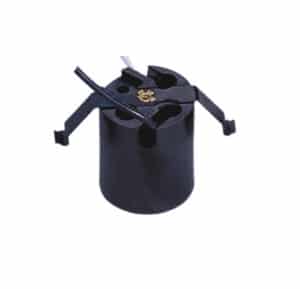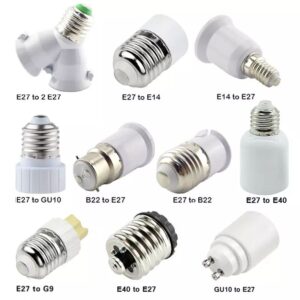If you’ve ever been to the U.K., you’ve probably noticed the plugs and sockets are different from what you find in a lot of other places. Many places use 2-pin plugs, but the U.K. uses 3-pin plugs. This brings up the question, why does the U.K. use 3-pin sockets instead of 2-pin ones? The answer has to do with safety, functionality and the historical development of the U.K. electrical infrastructure.
The U.K. uses 3-pin sockets to provide better safety, grounding, and protection against electrical faults compared to the simpler 2-pin sockets. The third pin, which is the earth connection, greatly reduces the risk of electric shock and provides better protection against electrical hazards.
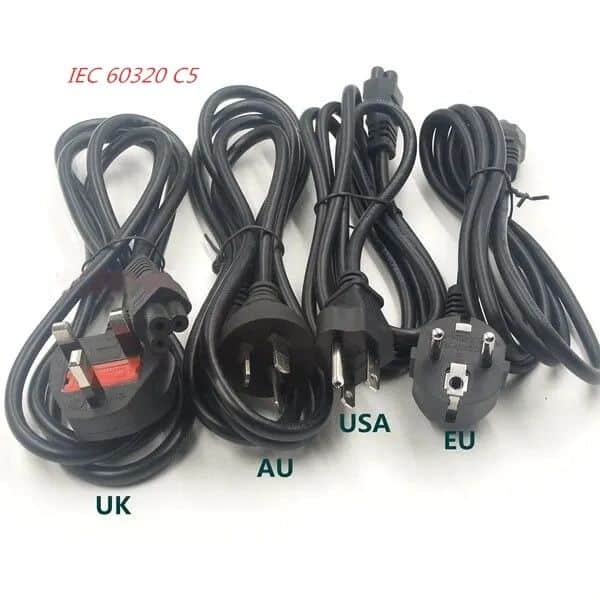
History and Development of the U.K. Plug and Socket System
The modern 3-pin socket system, known as BS 1363, was introduced in the U.K. after World War II as part of an effort to standardize and improve electrical safety. Before this system was introduced, earlier designs included 2-pin plugs, which lacked grounding and posed more significant risks of electrical shocks. The push for safety and efficiency led to the development of a system that could better protect people from common electrical hazards, especially as more households began using a growing number of electrical appliances.
The 3-pin socket design became the standard because it offered safer grounding and more effective insulation, helping to minimize the risk of electric shock in case of faults. This transition away from older 2-pin systems was part of a broader effort to modernize the electrical infrastructure across the U.K., making homes and workplaces safer.
Key Components of the U.K. 3-Pin Socket System
The U.K.’s 3-pin socket is designed with safety in mind. Each pin serves a specific function: the live pin, the neutral pin, and the earth pin.
The live pin carries the electrical current from the power source to the appliance, while the neutral pin completes the circuit by carrying the current back. The third pin, the earth pin, is crucial for safety. It provides a grounding path, which helps to protect users from electrical shock if the appliance malfunctions. In appliances with metal exteriors, the earth pin ensures that if there’s a fault, such as a live wire touching the metal casing, the electricity will be directed safely into the ground rather than through a person touching the appliance.
In addition to the grounding feature, U.K. plugs are also equipped with a fuse inside. This fuse is an important safety measure, designed to blow if the appliance draws too much current, protecting both the appliance and the household wiring from overheating or catching fire. This additional layer of protection makes the U.K. system particularly robust compared to simpler 2-pin designs.
Why the U.K. Chose 3 Pins Over 2 Pins
The primary reason the U.K. uses 3-pin sockets instead of 2-pin ones is grounding for safety. The third pin (earth) is essential in protecting users from electrical shocks, particularly when using appliances that have metal parts. Without grounding, if there’s a fault in the appliance, electricity could pass through the metal exterior, causing severe injury or even death if touched. The grounding pin ensures that the current is safely redirected into the earth, preventing this from happening.
The fused protection built into U.K. plugs further enhances safety. In many countries with 2-pin systems, appliances rely solely on the main fuse box to protect against electrical surges. However, the fuse within each U.K. plug acts as a secondary safeguard, designed to blow if there is an overload. This feature ensures that problems can be addressed quickly at the plug level, without relying solely on the circuit breaker for protection.
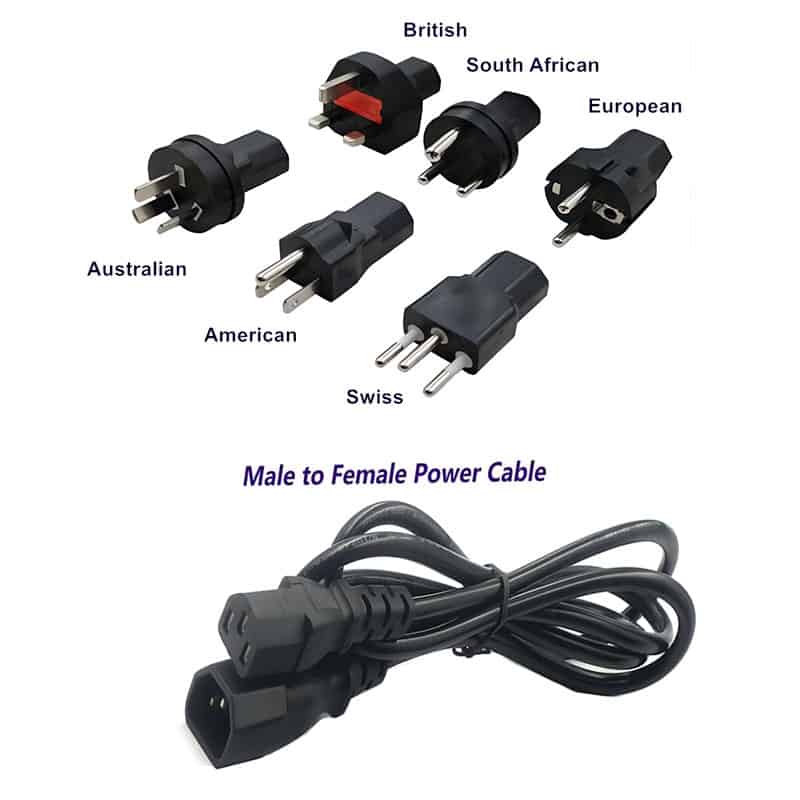
Comparison to 2-Pin Systems in Other Countries
In many parts of the world, especially across Europe, North America, and Asia, 2-pin plugs are common. These systems are often used for double-insulated devices, which are designed in a way that doesn’t require grounding. While 2-pin plugs are sufficient for low-power or insulated devices, they lack the grounding protection that 3-pin systems offer. This can increase the risk of electric shocks or fires when using appliances with exposed metal parts or in environments where grounding is essential.
By comparison, the U.K. system offers greater safety for a wider range of devices. The addition of the earth pin and the fuse makes it better suited for environments where safety is paramount, such as kitchens, bathrooms, and industrial settings. Although the 2-pin system may be simpler and more portable, it doesn’t offer the same level of protection for higher-risk situations.
Common Uses of 2-Pin Plugs and Where They Are Suitable
Although the U.K. predominantly uses 3-pin plugs, 2-pin plugs are still used for certain types of appliances, especially those that are double-insulated. These appliances are designed to prevent any electrical current from reaching the outer casing, meaning they don’t require grounding. Examples include phone chargers, small kitchen appliances, and some personal grooming devices.
However, when traveling to the U.K. with devices that use 2-pin plugs, or when bringing U.K. appliances abroad, travel adapters are needed to bridge the gap between systems. These adapters allow 2-pin plugs to be used in 3-pin sockets and vice versa, ensuring compatibility without compromising safety.
Benefits of the U.K.’s 3-Pin System
One of the biggest benefits of the U.K. system is its ability to prevent electrical faults. The combination of the earth pin, the fuse, and the sturdy design of U.K. plugs significantly reduces the risk of electrical shocks, fires, and damage to appliances. Additionally, U.K. sockets are often designed with shuttered mechanisms, meaning that the live and neutral terminals are covered when the socket is not in use. This prevents foreign objects from being inserted into the socket, further enhancing safety, especially in homes with children.
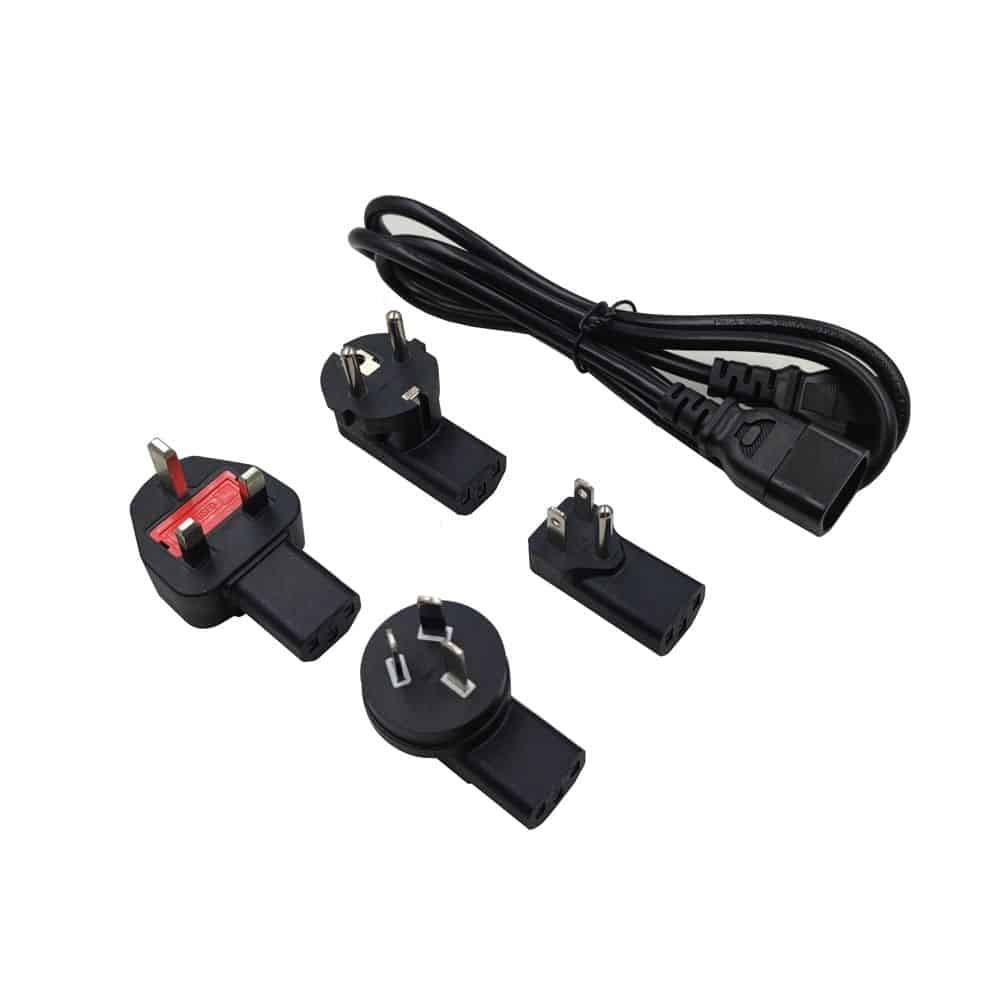
Challenges of the U.K. 3-Pin System
Despite its advantages, the U.K. 3-pin system is not without its drawbacks. One of the most common criticisms is the bulkier design of U.K. plugs compared to 2-pin plugs used elsewhere. This can make U.K. plugs less convenient for travel, as they are larger and heavier. Additionally, incompatibility with 2-pin sockets abroad often requires the use of adapters, which can be cumbersome.
Final Words:
The U.K. uses 3-pin sockets instead of 2-pin sockets to improve safety. The addition of the earth pin and the built-in fuse provides important protection against electrical faults, making the U.K. system one of the safest in the world. While it may be a little bulkier and less compatible with international sockets, the U.K. 3-pin system offers better protection, especially in areas where electrical safety is a big deal.

